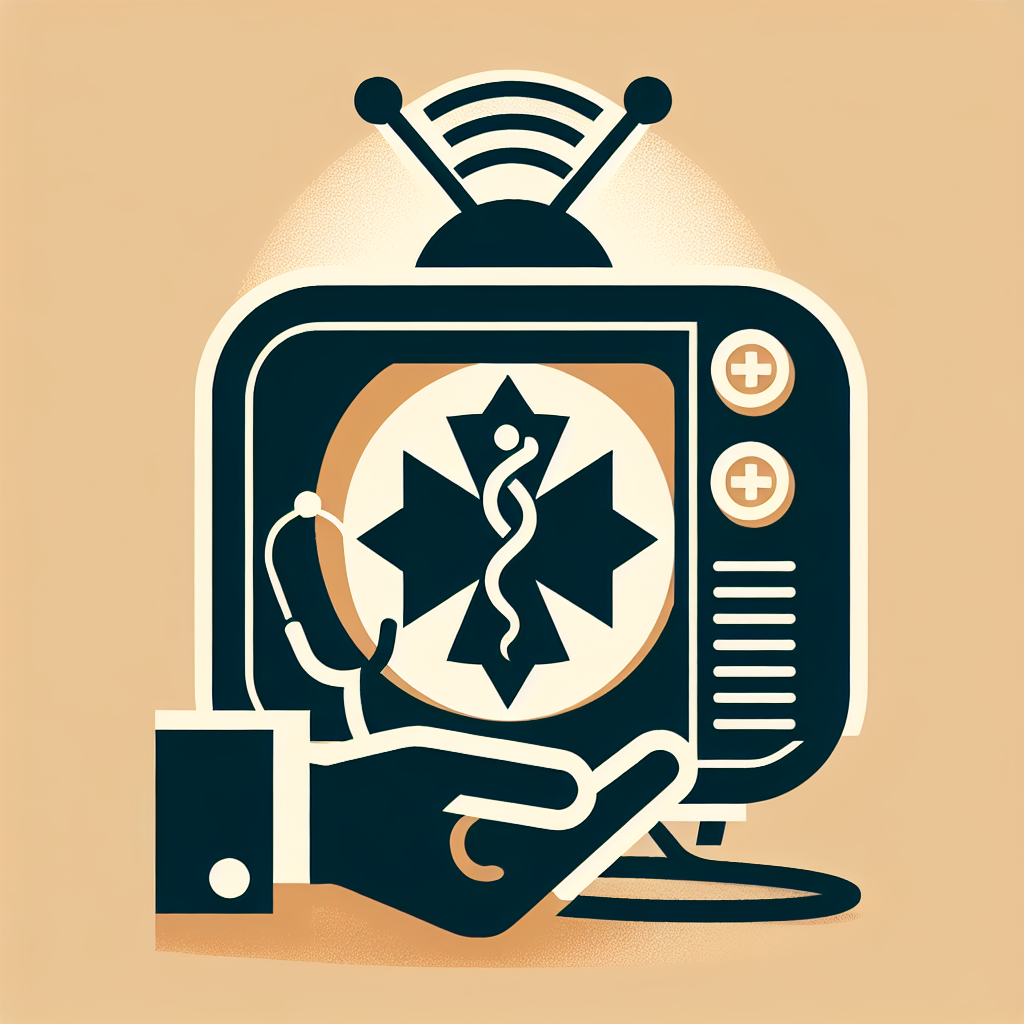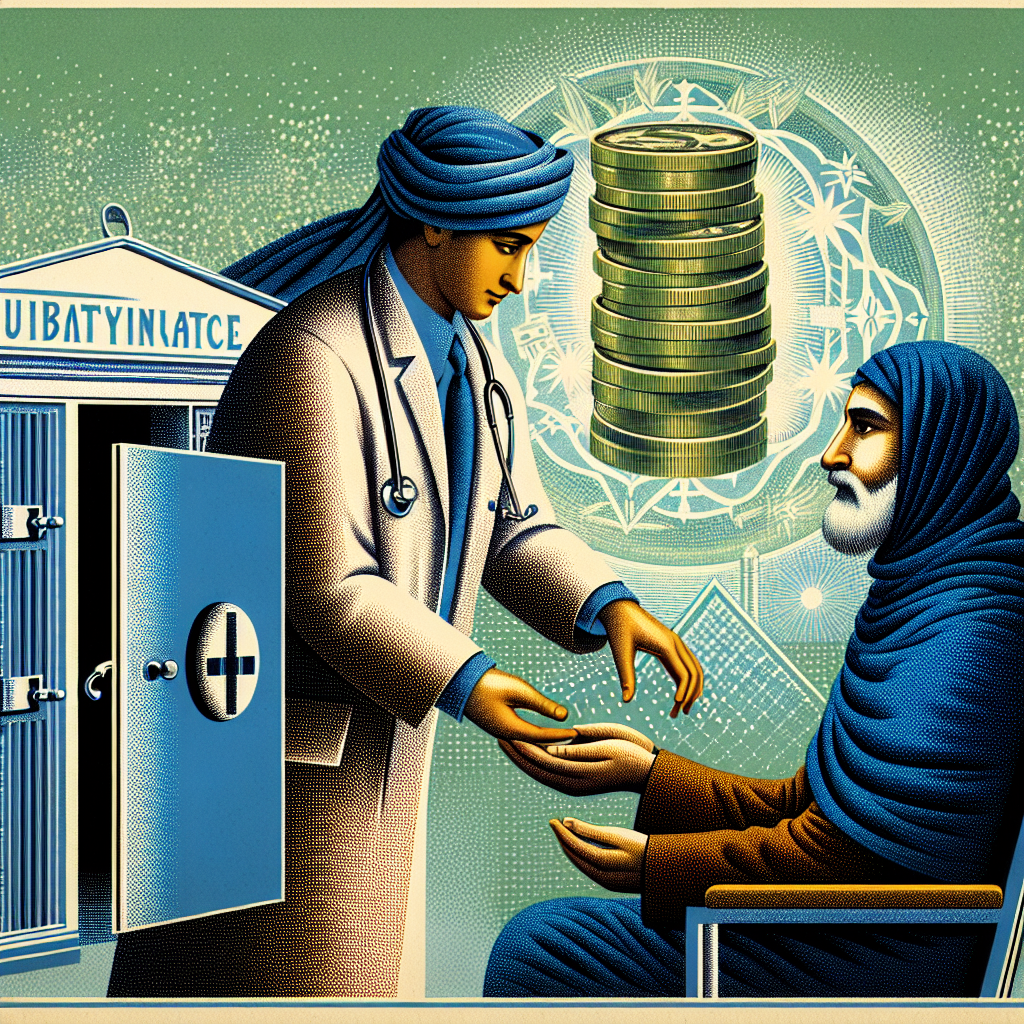Filed under Health Insurance on
Exploring TV's Take on Health Insurance in America

Television has long been a mirror reflecting society's triumphs and trials, and one of the most pressing issues it continues to explore is health insurance in America. Through a myriad of genres—from drama to comedy—TV shows offer a window into the complexities and challenges of the American healthcare system. Let's dissect how television portrays health insurance, what these portrayals say about societal perceptions, and why they resonate with audiences.
The Role of TV in Shaping Health Insurance Narratives
Television has a unique power to influence public opinion, making it an effective platform for addressing social issues. When it comes to health insurance in America, TV takes on a critical role, not just in reflecting societal concerns but also in shaping the dialogues around them. Shows like Grey’s Anatomy and The Resident delve into the intricacies of healthcare, often highlighting both the struggles and successes within the system.
In many cases, these portrayals resonate deeply with viewers, offering comfort to those facing similar challenges and sparking discussions on how to improve the healthcare system. The representation of health insurance in America through television is not just about storytelling; it actively contributes to the national conversation about healthcare reform and accessibility.
Dramatic Portrayals and Their Impact
Dramas, particularly medical dramas, frequently explore the harsh realities of health insurance in America. Issues such as coverage denials, high premiums, and the impact of medical debt are recurring themes. By dramatizing these aspects, television not only entertains but educates its audience about real-life obstacles within the healthcare system.
Consider Grey's Anatomy, where characters often grapple with the financial implications of healthcare decisions. These storylines not only humanize the struggles faced by millions of Americans but also underscore the urgent need for reform. By presenting these issues on-screen, television can evoke empathy, potentially influencing public opinion and policy-making.
The Power of Comedy in Addressing Health Insurance Issues
While dramas tend to portray the darker side of health insurance in America, comedies often tackle the issue with humor and wit. Shows like Scrubs and Brooklyn Nine-Nine use comedic elements to highlight the absurdities and frustrations associated with healthcare coverage.
In these comedic contexts, the topic of health insurance becomes more approachable to audiences who may find the subject otherwise daunting or depressing. By laughing at the ridiculousness of certain situations, viewers can relate more easily to the content, potentially fostering a greater sense of community and collective desire for change.
Highlighting Societal Perceptions Through Television
Television often reflects and reinforces societal perceptions of health insurance in America, showcasing the disparities and dilemmas faced by different communities. These portrayals frequently align with current events, serving to both confirm and challenge the audience's understanding of the healthcare landscape.
Examining Disparities in Health Insurance Coverage
One of the critical issues highlighted by TV representations is the disparity in health insurance coverage across different socioeconomic groups. For instance, series like The Good Doctor and New Amsterdam illuminate the challenges faced by marginalized communities in accessing affordable healthcare.
By addressing these disparities, television not only raises awareness but also provokes viewers to consider their roles in advocating for equitable healthcare reform. These narratives highlight the pressing need for systemic change, urging audiences to think critically about the ways in which they can contribute to more equitable solutions.
Reflecting the Political Climate
The portrayal of health insurance in America on television often mirrors the political landscape, with various shows incorporating current events into their storylines. During times of significant healthcare legislation, such as the debates surrounding the Affordable Care Act, TV shows have used their platforms to explore the implications of these policies on individuals and families.
This element of timeliness ensures that TV remains a relevant and powerful medium for discussing health insurance issues. By weaving political commentary into their narratives, shows can influence viewers' perceptions of policy decisions, potentially swaying public opinion and impacting political outcomes.
The Future of Health Insurance Depictions on TV
As healthcare continues to evolve, so too will its representation on television. The ever-changing landscape of health insurance in America presents both challenges and opportunities for TV storytellers, who must balance authenticity with audience engagement.
Emerging Trends in Television Healthcare Narratives
With advances in technology and shifts in societal attitudes, new trends are emerging in the depiction of health insurance. The rise of streaming services has widened the scope for more diverse and nuanced storytelling, allowing creators to delve deeper into the complexities of healthcare coverage.
In addition, there is a growing focus on preventative care and holistic approaches to health, as seen in shows like This Is Us and The Bold Type. These narratives reflect a broader cultural shift towards wellness and health equity, offering a more optimistic outlook on the future of health insurance in America.
The Role of Viewer Engagement and Feedback
Interactive media and social platforms have changed the way audiences engage with TV content, providing direct feedback and fostering discussions around health insurance portrayals. This viewer engagement is crucial, as it pushes creators to consider diverse perspectives and address burgeoning healthcare issues.
Social media campaigns and viewer-driven discussions can propel health insurance narratives on TV, encouraging networks to continue exploring these vital topics. By maintaining an open dialogue with audiences, television can remain a dynamic force in the ongoing conversation about healthcare in America.
Conclusion: TV's Lasting Influence on Health Insurance in America
Television remains a powerful tool in both reflecting and shaping perceptions of health insurance in America. Through a blend of drama, comedy, and political commentary, it captures the intricacies of healthcare access and equity, influencing both individual viewpoints and broader societal attitudes.
As TV continues to evolve, its depiction of health insurance in America will undoubtedly remain a vital part of its narrative repertoire. By staying attuned to industry trends, political developments, and viewer feedback, television will continue to illuminate the challenges and triumphs of the healthcare system, fostering a more informed and engaged public.





